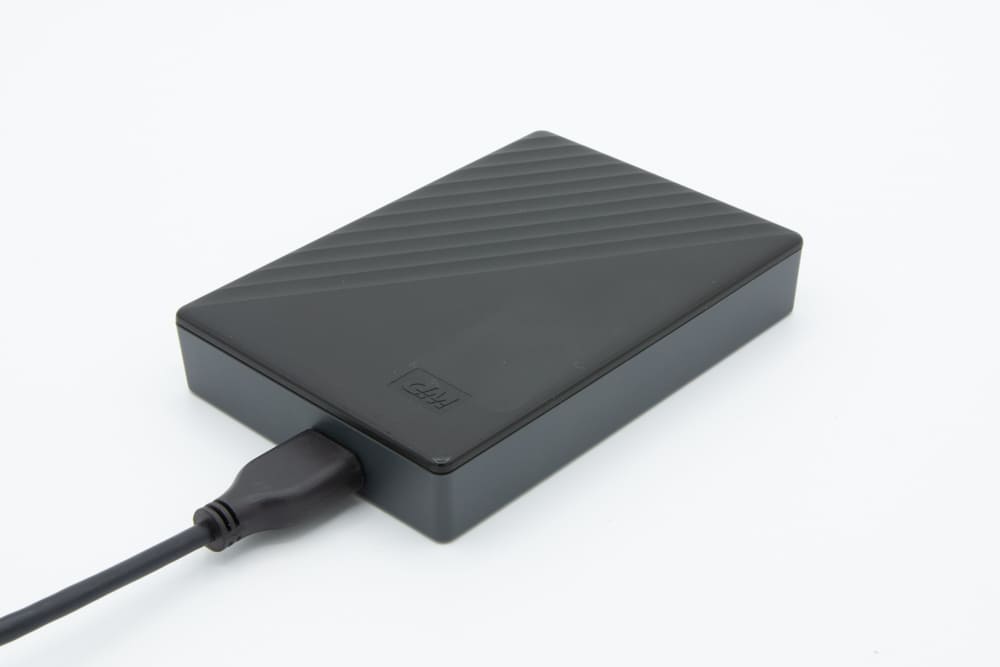Backing up your data is one of the most important tasks you can perform to protect your valuable files and ensure business continuity. There are several ways to back up your data, but incremental and differential backups are the most popular methods. In this blog, our team will discuss the differences between incremental and differential backups, their advantages and disadvantages, and how to choose the best backup strategy for your needs.
Incremental Backup
An incremental backup is a type of backup that only backs up the data that has changed since the last backup. The first backup is a full backup of all data, and subsequent backups only back up the data that has been added or changed since the last backup. For example, if you modify a file that was backed up in the first backup, only the changes made to the file will be backed up in the incremental backup.
Advantages of Incremental Backup
- Saves time and storage space. Incremental backup only backs up the data that has changed since the last backup, which means fewer files to backup and less storage space required.
- Faster recovery. Since only the changed data is backed up, the recovery process is faster than a backup. Hence, if you need a higher backup speed, it is better to choose the incremental option.
Disadvantages of Incremental Backup
- Dependency on previous backups. To restore data from a backup, you must have the full backup and all incremental backups that followed it. If any of the backups are missing, you may be unable to restore the data.
- Longer backup window. The first incremental backup can take longer to complete as it includes all the data that has changed since the full backup was made.
Differential Backup
A differential backup is similar to an incremental backup in that it only backs up the data that has changed since the last backup. However, instead of backing up only the changed data, it backs up all the data that has changed since the last full backup. For example, if you have a file that was backed up in the first backup and modify it, the differential backup will back up the entire file again, not just the changes made.
Advantages of Differential Backup
- Simpler backup and restore process. You only need the full backup and the latest differential backup to restore data, which simplifies the process.
- Faster backups. The first differential backup can be slower than an incremental backup, but subsequent backups will be faster as they only back up the data that has changed since the last differential backup.
Disadvantages of Differential Backup
- Requires more storage space. Since the differential backup backs up all the data that has changed since the last full backup, it requires more storage space than an incremental backup.
- Slower recovery. The recovery process can be slower since it includes all the data that has changed since the last full backup.
How to Choose Between Incremental and Differential Backup
The choice between incremental and differential backup depends on your specific needs and circumstances. Hence, before choosing the type of backup, it is critical to understand the requirements for a backup. Here are the main features based on which you can make your choice.
- Size of Data. If you have a large amount of data that changes frequently, an incremental backup may be a better option as it only backs up the changed data. On the other hand, if you have a smaller amount of data that changes infrequently, a differential backup may be a better option as it requires less storage space.

- Frequency of Backups. If you need to perform backups frequently, an incremental backup may be a better option as it saves time and storage space. However, a differential backup may be better if you perform backups less frequently, as it simplifies the restore process.
- Recovery Time Objective. If you need to restore data quickly, an incremental backup may be a better option, as the recovery process is faster than a differential backup.
- Data Retention Policy. If you have a data retention policy that requires you to keep multiple data backups, an incremental backup may be a better option as it saves storage space. However, if you only need to keep a limited number of backups, a differential backup may be a better option as it simplifies the restore process.
- Budget. The cost of storage is an important factor when choosing a backup strategy. Incremental backups require less storage space, which can save on storage costs in the long run. However, if storage costs are not a concern, a differential backup may be a better option as it simplifies the restore process.
Choosing between incremental and differential backups requires careful consideration of your specific needs and circumstances. Incremental backups save time and storage space, while differential backups simplify the restore process.
Ultimately, the best backup strategy meets your data backup and recovery objectives, fits your budget, and aligns with your data retention policy. Whichever backup method you choose, test your backups regularly and have a disaster recovery plan to ensure business continuity in case of data loss or corruption.
